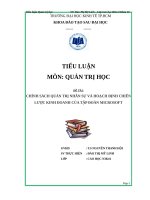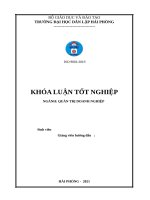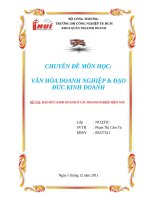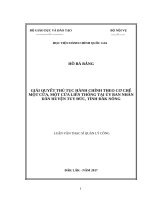Authors libby rittenberg 190
Bạn đang xem bản rút gọn của tài liệu. Xem và tải ngay bản đầy đủ của tài liệu tại đây (415.75 KB, 1 trang )
Then, as the world economy slowed dramatically in the second half of
2008, the demand curve for oil shifted back to the left. By November 2008,
the price per barrel had dropped back to below $60 per barrel. As gas
prices also subsided, so did the threat of higher prices in other industries.
The Stock Market
The circular flow model suggests that capital, like other factors of
production, is supplied by households to firms. Firms, in turn, pay income
to those households for the use of their capital. Generally speaking,
however, capital is actually owned by firms themselves. General Motors
owns its assembly plants, and Wal-Mart owns its stores; these firms
therefore own their capital. But firms, in turn, are owned by people—and
those people, of course, live in households. It is through their ownership of
firms that households own capital.
A firm may be owned by one individual (a sole proprietorship), by several
individuals (apartnership), or by shareholders who own stock in the firm
(a corporation). Although most firms in the United States are sole
proprietorships or partnerships, the bulk of the nation’s total output
(about 90%) is produced by corporations. Corporations also own most of
the capital (machines, plants, buildings, and the like).
This section describes how the prices of shares of corporate stock, shares
in the ownership of a corporation, are determined by the interaction of
demand and supply. Ultimately, the same forces that determine the value
of a firm’s stock determine the value of a sole proprietorship or
partnership.
Attributed to Libby Rittenberg and Timothy Tregarthen
Saylor URL: />
Saylor.org
190









